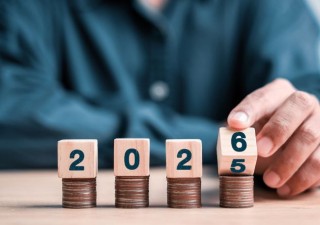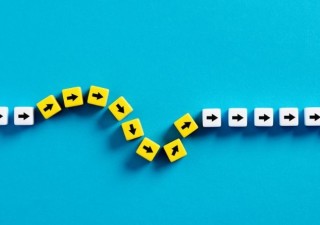AI’s serenade to obviousness
31 May 2024

The change in patentability requirements brought about by artificial intelligence has been debated for several years now. The Dabus line of cases on inventorship have reached decision in several jurisdictions, with almost all courts declining inventorship to an AI system.
But these decisions, and the discussions they involved, are only scratching the surface. Questions about the very foundation of patent law, and changes to what we regard as patentable inventions, lie underneath.
Debates are aplenty on the threshold that inventions will have to cross to secure a patent, and how society will assess them, in the age of AI. They were in the bylanes till recently but are now front and center.
For instance, on April 24, 2024, the United States Patent and Trademark Office (USPTO) requested public comments on the impact of AI on (a) the notion and understanding of “prior art”; (b) the knowledge and skill set of a person having ordinary skill in the art (PHOSITA) and (c) the need for amendments in the existing guidance of the USPTO or the law.
Convention: The human PHOSITA
In most jurisdictions, including India, the United States, the United Kingdom and the European Union, an invention is considered patentable if it is not obvious to a PHOSITA, i.e., someone from the same field or industry as the invention. In India, this was set down by the Delhi High Court in Roche v. Cipla in 2015.
The PHOSITA is not a genius; he has ordinary creativity (per the United States Supreme Court in KSR Internatioanl v. Teleflex) but has knowledge of all the material relevant to the field of the invention per the United States Court of Customs and Patent Appeals in In re Winslow). It is a hypothetical construct, but is human, and has been all along.
AI in the fray: Explosion of non-obvious inventions
Equipped with AI systems, human inventors have access to a universe of information. Previously unthinkable solutions to problems can be attained by navigating fields to which normal human imagination wouldn’t wander. Similarly, human inventors, with the help of AI will be motivated to combine different technologies, which were previously deemed unrelated.
From the lens of a human PHOSITA, all AI assisted inventions may be non-obvious and patentable. This result may be at odds with the thought underlying patent systems across the world. For this, and other reasons, there’s a great push to re-assess the obviousness standard in many countries.
Raising the obviousness bar to meet AI inventions
There’s a growing section of jurists, academics and others who foresee that a rise in AI-assisted inventions will lead to an increase in the threshold of patentability.
If AI has found application in inventions, then it may also find application in determining the obviousness of those inventions.
For AI-assisted inventions, the “person” in PHOSITA may have to be replaced with a “person equipped with AI”. In this analysis, the scope of prior art would increase; non-analogous art may find greater relevance and the sheer number of permutations or combinations form a prior art may not be as strong a factor for assessing non-obviousness of a later invention.
Two separate standards?
While adopting a new PHOSITA threshold for AI inventions may be fair, it would be unwise to drop the conventional threshold altogether. This is because not all inventions in the near future, will be AI-augmented. But, if assessed through the skills of an AI system, they would be obvious, at once.
Does this mean that patent systems, at least for some time, will have a conventional PHOSITA standard for human-only inventions, an elevated standard for AI inventions?
Many questions, fewer answers!
Two separate standards is a good starting point, but they will be difficult to implement on the ground. To name a few:
- Will inventors who use AI, conceal this fact and declare their applications as human-only inventions, to meet a lower obviousness threshold and secure a patent?
- How does one really define what is obvious to an AI system, and what isn’t? We don’t know how an AI system really reasons (The Black Box problem).
- Even if an AI system concludes that an invention is obvious (or not), it may be unable to explain its reasoning in a manner understood by humans (and patent offices), and this would make the entire obviousness determination moot (The Explainability problem)
- An AI’s capability is based on the data and the algorithm used to train it. This may not align with human intuition and logic, and thus, will the very notion of determining obviousness completely change?
- Who decides what AI system was prevalent and will represent average skill in the art, at the priority date of the invention?
It will take some time, and more importantly, an extensive body of legislative and judicial decisions before the dust settles on this important and most interesting issue.



-preview.jpg)




